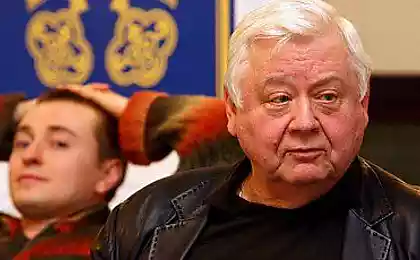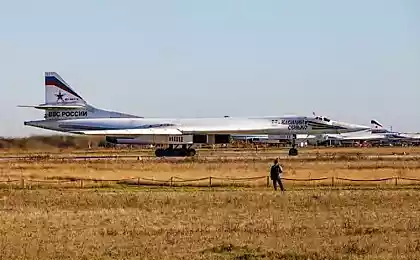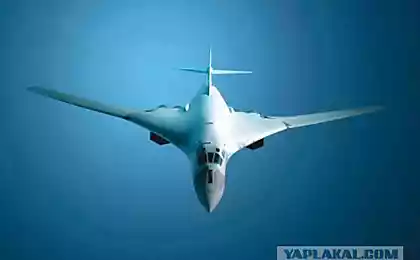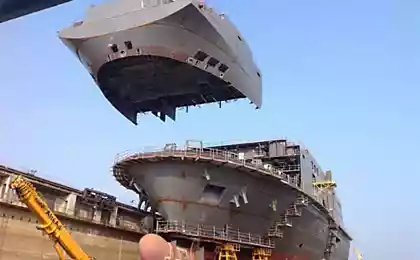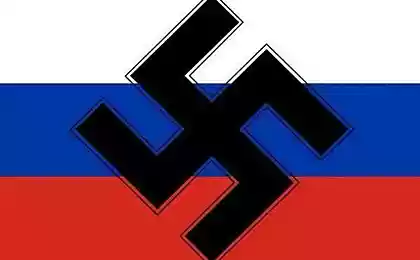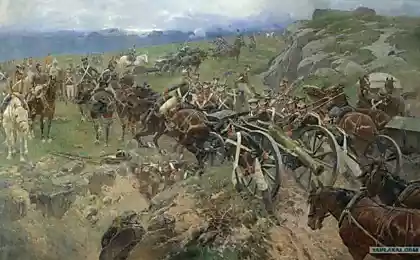841
F / A Russian troops celebrated 160 years
More recently - August 6 - railway troops celebrated their 160th anniversary. The anniversary passed unnoticed by the citizens, it was not swimming in the fountains and public festivals. But these people deserve that their military labor during the war years to remember and present officers and soldiers proud.
Photo of the Training Center of Railway Troops:
13 ph via ru-railway

The first Russian railway linked St. Petersburg and Tsarskoye Selo. For its operation and safety directions reigning persons was formed a separate company. August 6, 1851 went down in history as the Day of Russian railway troops, who had the duty to protect and support the operation of ways, bridges, crossings. And today, the problem remains the same. With some features of service in these armies of bloggers and journalists found in 857 of the Railway Troops Training Center (Moscow region).
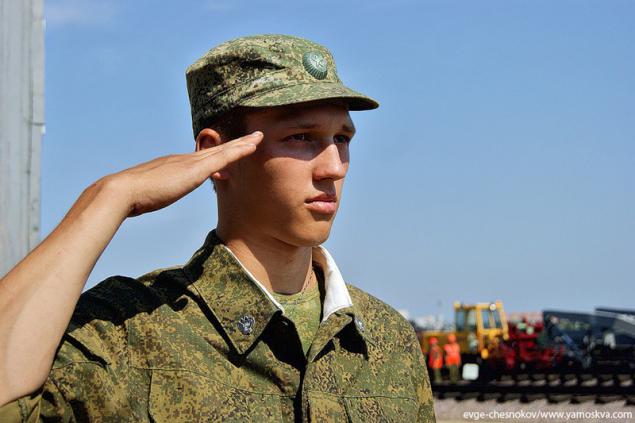
857 Railway Troops Training Center established on 1 August 1996 from the base 1 separate educational train regiment, who leads the history since 1918. Here prepare squad commanders and soldiers professionals, training is conducted in 14 specialties, a certain order of the Minister of Defense of the Russian Federation: machinists track machines, railway cranes, sawmill machinery, hoisting and piling machines, crane operators, wireless operator, mechanics.

Railway became part of the engineering troops since their inception in 1870. First, in the form of railway teams, and since 1876 - the railway battalions. Railway were a part of the engineering troops of up to 1908 inclusive. Then they were isolated in a separate category and are subject to the service of the General Staff of the military posts.
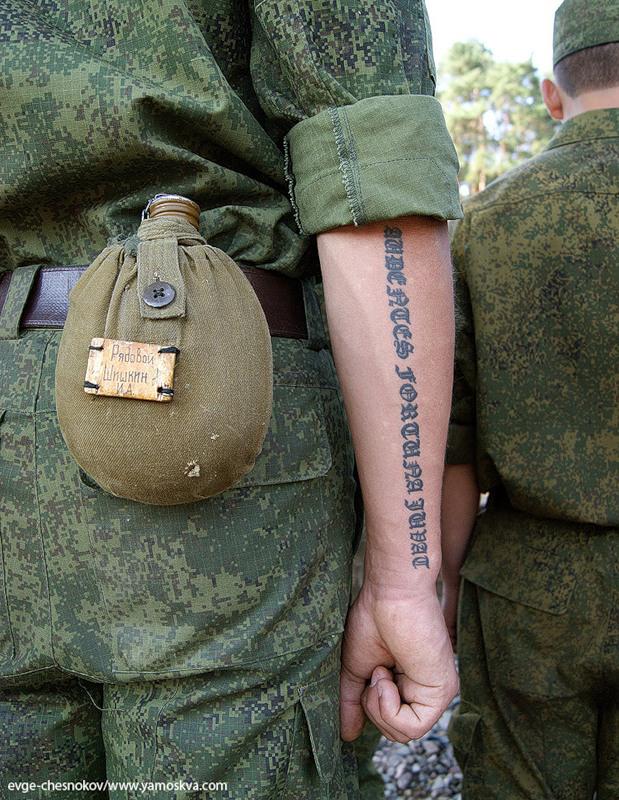
During the Russian-Turkish war (1877-1878 years), staff provides a continuous supply of connections built by the Russian army of the railway section Bender - Galati.
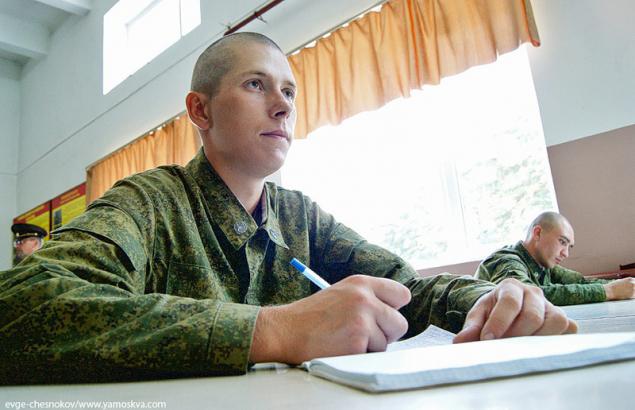
During the First World War, the staff of units and formations, was built about 300 kilometers of broad-gauge railway, and up to 4 000 km of narrow gauge, restored more than 4600 kilometers of track superstructure and almost 5000 km of telephone and telegraph lines, railway communication.

A special role was played by the railway in the Great Patriotic War. This evacuation of industrial enterprises in the Urals, and the front carriage of weapons and ammunition. The raid by enemy aircraft loaded road serious damage, restoration work continued constantly. During the war it was restored and built 120,000 kilometers. A track of this length could circle the Earth three times at the equator.
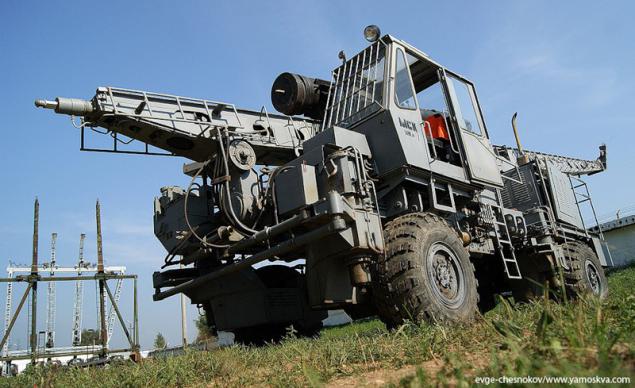
Immediately after the victory, railway sappers began work on unexploded bombs and shells, were surveyed 5,000 kilometers and destroyed 52,000 explosive ordnance.
After the war, the railway troops were not only restored all damaged sections of track, but also to build new roads, such as Tyumen, Surgut, Abakan-Taishet, Baikal-Amur Mainline. The army came to the rescue, eliminating the effects of natural disasters, earthquakes and disasters. After a man-made disaster at the Chernobyl nuclear power plant railroad paved 50-kilometer route directly to the faulty power unit, working in protective suits with short half-hour shifts.
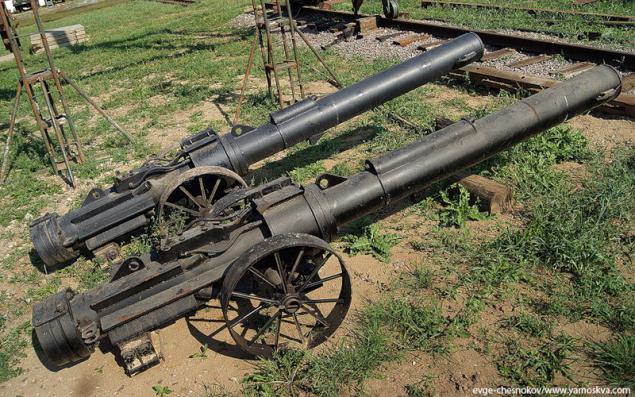
Unlike civil construction and repair organizations, army equipment more cumbersome and, at the same time universal. Crawler have increased throughput and can come to the right place on any terrain, boosting water obstacles. Vehicles adapted for shifting to the rails (combined course).
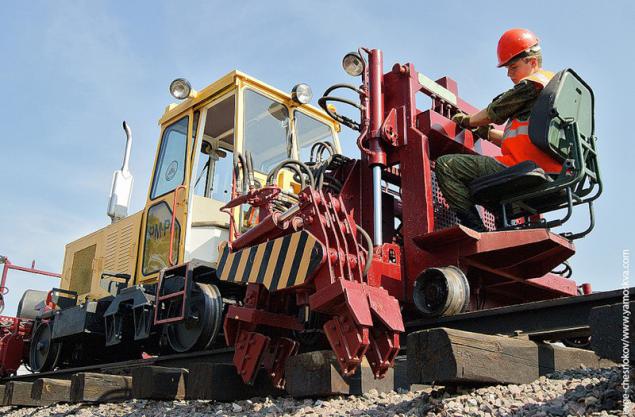
Generally railways were built in the Soviet Union with a good margin of safety requirements of the guests were very high. This was due to the strategic military value of steel highways for fast delivery of goods across the vast country. Then there were also armored train (which will be finally disbanded in 2015), and heavy trains for transport of ballistic missiles. Today the emphasis is on development of a network of high-speed passenger traffic, the development of new technologies and safety requirements are also the maximum. Without a strong technology and experienced railway troops and now can not do.

"Today, the Railway Troops are of the highest professionalism and meet all modern requirements, are in constant combat and mobilization readiness to fulfill the tasks entrusted to technical cover facilities, rehabilitation, clearance and fence parts of the railway infrastructure in any situation", - said Head of Railway Troops, Major-General Oleg Kosenkov, speaking at celebrations to mark the 160th anniversary of the troops.
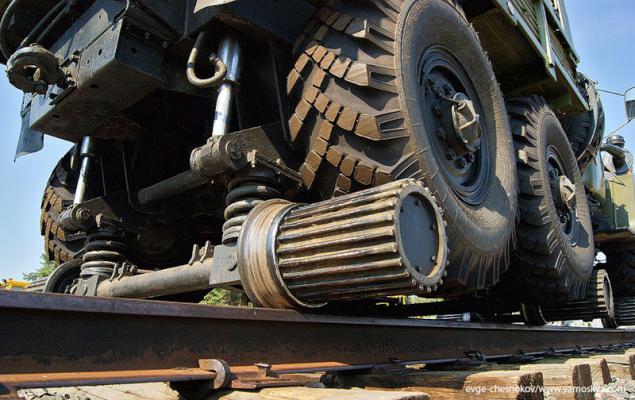
Speaking about the current state of the army, not to mention some of the problems. If earlier the experts and non-commissioned officers in the "SCHOOL" prepared six months, now training program is compressed in three months. So, in the Training Center 857 railway troops entered the 8-hour school day. Recruits must not only quickly adapt to the unfamiliar conditions of the army, but also to learn a new profession, to study the complex technique on the theoretical and practical training. Even with the considerable experience and qualifications of officers and non-commissioned officers, will not affect whether this forced training on combat capability and as young recruits directed to the troops? The current term of service - 1 year - may seem insufficient for qualified master military specialties.
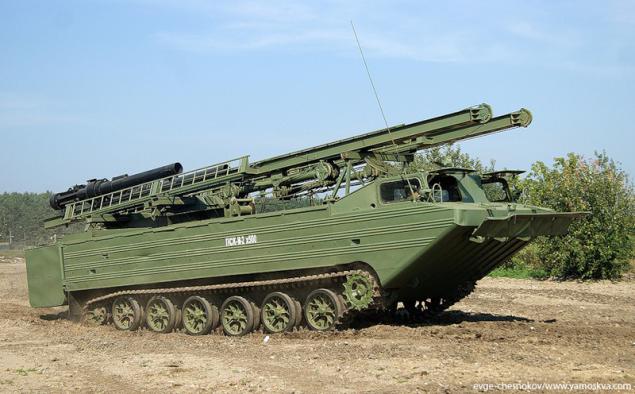
13
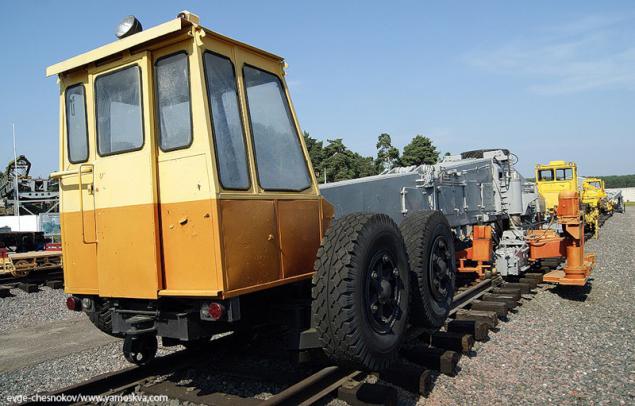
Source:
Photo of the Training Center of Railway Troops:
13 ph via ru-railway

The first Russian railway linked St. Petersburg and Tsarskoye Selo. For its operation and safety directions reigning persons was formed a separate company. August 6, 1851 went down in history as the Day of Russian railway troops, who had the duty to protect and support the operation of ways, bridges, crossings. And today, the problem remains the same. With some features of service in these armies of bloggers and journalists found in 857 of the Railway Troops Training Center (Moscow region).

857 Railway Troops Training Center established on 1 August 1996 from the base 1 separate educational train regiment, who leads the history since 1918. Here prepare squad commanders and soldiers professionals, training is conducted in 14 specialties, a certain order of the Minister of Defense of the Russian Federation: machinists track machines, railway cranes, sawmill machinery, hoisting and piling machines, crane operators, wireless operator, mechanics.

Railway became part of the engineering troops since their inception in 1870. First, in the form of railway teams, and since 1876 - the railway battalions. Railway were a part of the engineering troops of up to 1908 inclusive. Then they were isolated in a separate category and are subject to the service of the General Staff of the military posts.

During the Russian-Turkish war (1877-1878 years), staff provides a continuous supply of connections built by the Russian army of the railway section Bender - Galati.

During the First World War, the staff of units and formations, was built about 300 kilometers of broad-gauge railway, and up to 4 000 km of narrow gauge, restored more than 4600 kilometers of track superstructure and almost 5000 km of telephone and telegraph lines, railway communication.

A special role was played by the railway in the Great Patriotic War. This evacuation of industrial enterprises in the Urals, and the front carriage of weapons and ammunition. The raid by enemy aircraft loaded road serious damage, restoration work continued constantly. During the war it was restored and built 120,000 kilometers. A track of this length could circle the Earth three times at the equator.

Immediately after the victory, railway sappers began work on unexploded bombs and shells, were surveyed 5,000 kilometers and destroyed 52,000 explosive ordnance.
After the war, the railway troops were not only restored all damaged sections of track, but also to build new roads, such as Tyumen, Surgut, Abakan-Taishet, Baikal-Amur Mainline. The army came to the rescue, eliminating the effects of natural disasters, earthquakes and disasters. After a man-made disaster at the Chernobyl nuclear power plant railroad paved 50-kilometer route directly to the faulty power unit, working in protective suits with short half-hour shifts.

Unlike civil construction and repair organizations, army equipment more cumbersome and, at the same time universal. Crawler have increased throughput and can come to the right place on any terrain, boosting water obstacles. Vehicles adapted for shifting to the rails (combined course).

Generally railways were built in the Soviet Union with a good margin of safety requirements of the guests were very high. This was due to the strategic military value of steel highways for fast delivery of goods across the vast country. Then there were also armored train (which will be finally disbanded in 2015), and heavy trains for transport of ballistic missiles. Today the emphasis is on development of a network of high-speed passenger traffic, the development of new technologies and safety requirements are also the maximum. Without a strong technology and experienced railway troops and now can not do.

"Today, the Railway Troops are of the highest professionalism and meet all modern requirements, are in constant combat and mobilization readiness to fulfill the tasks entrusted to technical cover facilities, rehabilitation, clearance and fence parts of the railway infrastructure in any situation", - said Head of Railway Troops, Major-General Oleg Kosenkov, speaking at celebrations to mark the 160th anniversary of the troops.

Speaking about the current state of the army, not to mention some of the problems. If earlier the experts and non-commissioned officers in the "SCHOOL" prepared six months, now training program is compressed in three months. So, in the Training Center 857 railway troops entered the 8-hour school day. Recruits must not only quickly adapt to the unfamiliar conditions of the army, but also to learn a new profession, to study the complex technique on the theoretical and practical training. Even with the considerable experience and qualifications of officers and non-commissioned officers, will not affect whether this forced training on combat capability and as young recruits directed to the troops? The current term of service - 1 year - may seem insufficient for qualified master military specialties.

13

Source:



